Allisonkitten - Here, Have Some Space
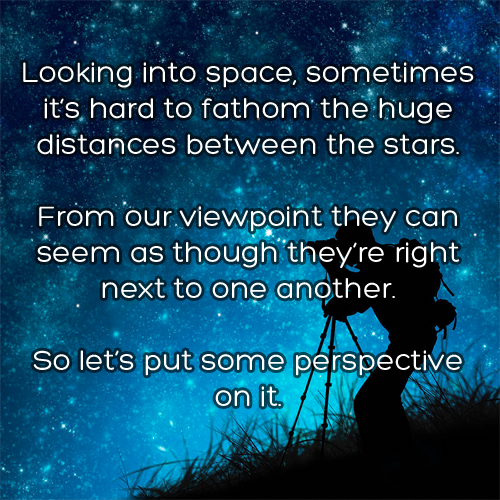
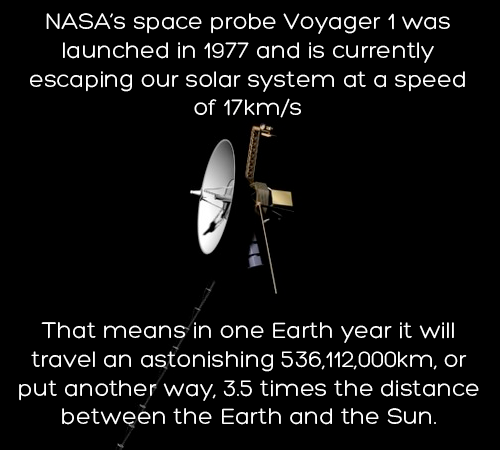
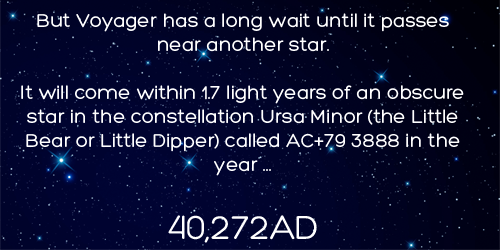
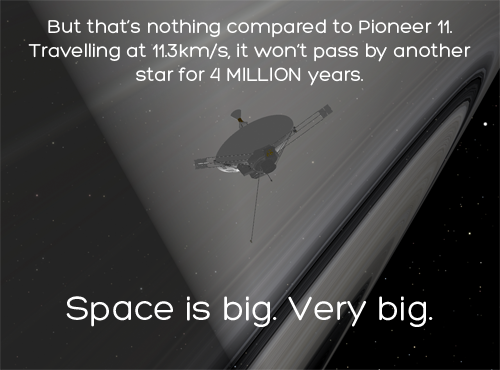

More Posts from Allisonkitten and Others

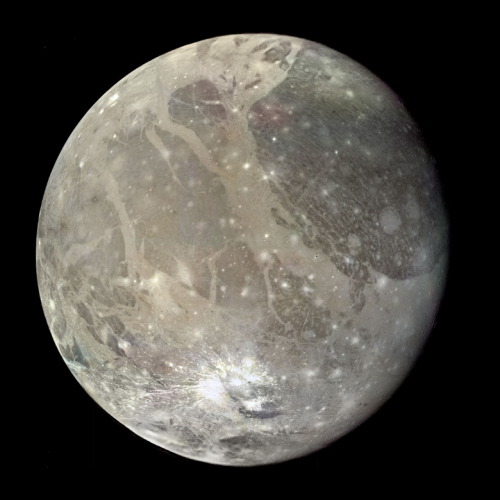
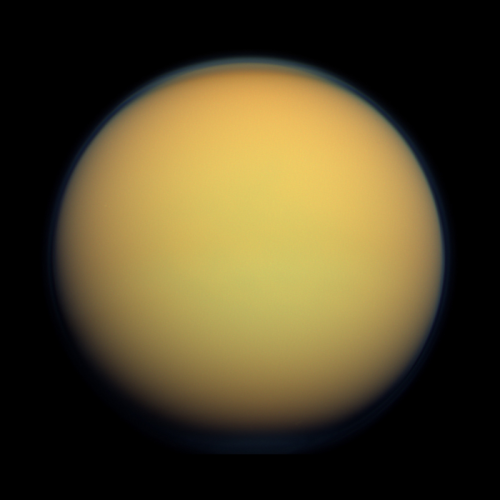
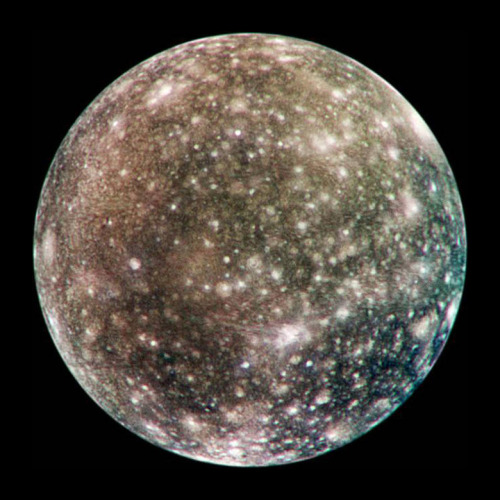
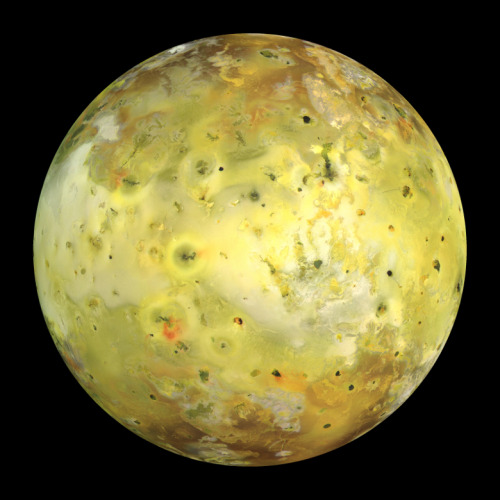
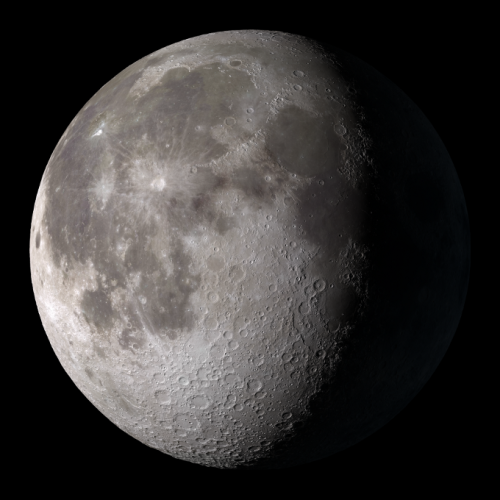
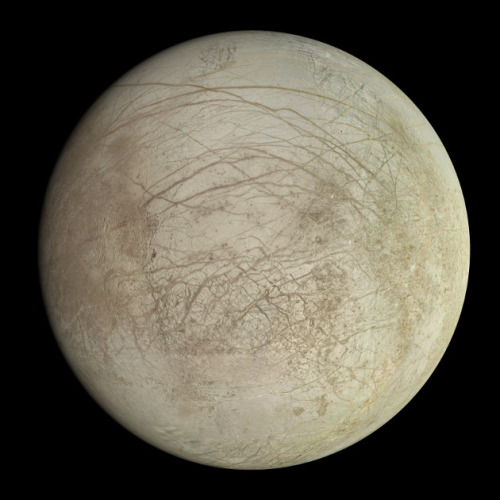
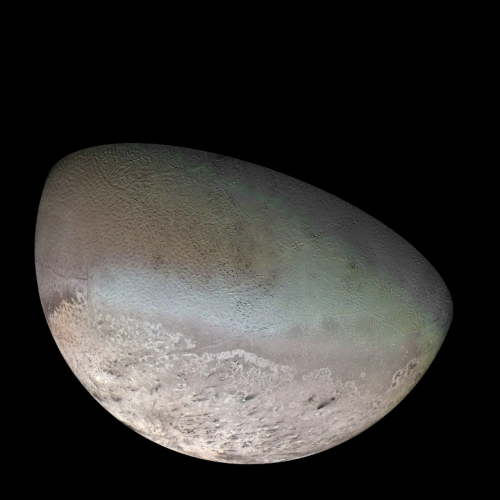
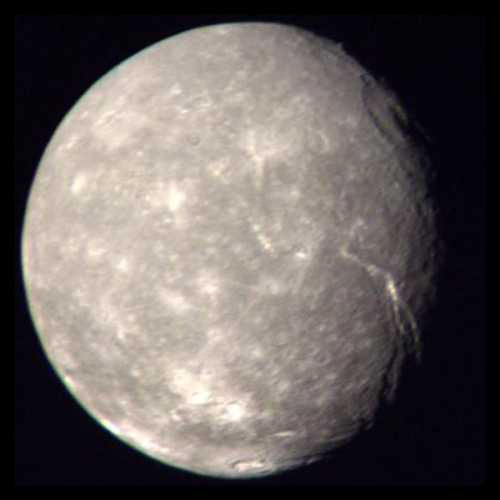
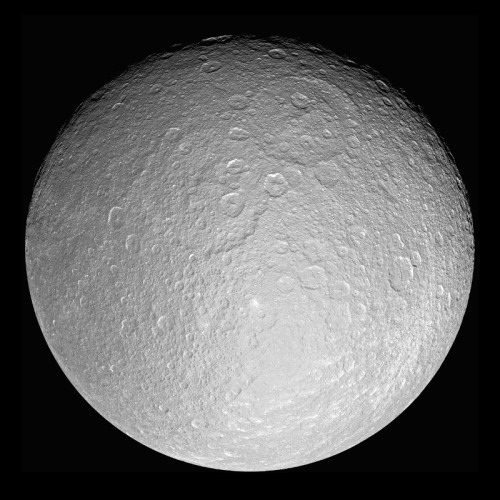
The Largest Moons in the Solar System
Ganymede: Orbits Jupiter, Diameter 5,262 km
Titan: Orbits Saturn, Diameter 5,150 km
Callisto: Orbits Jupiter, Diameter 4,821 km
Io: Orbits Jupiter, Diameter 3,643 km
The Moon: Orbits Earth, Diameter 3,475 km
Europa: Orbits Jupiter, Diameter 3,122 km
Triton: Orbits Neptune, Diameter 2,707 km
Titania: Orbits Uranus, Diameter 1,578 km
Rhea: Orbits Saturn, Diameter 1,529 km

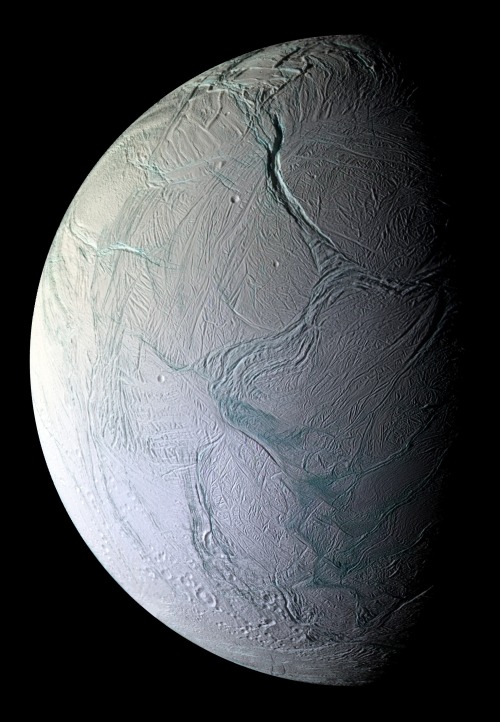
This is a photo of Saturn’s moon Enceladus - a dynamic ice world. Its surface shifts on geologic timescales, with vast ice sheets spreading and crashing like tectonic plates. Cryovolcanoes (which is a real term that I did not make up) shoot geysers of water out into space.
Recent readings taken by the Cassini spacecraft suggest that Enceladus has a rocky core and liquid oceans beneath the icy surface.
This picture was taken as Cassini was speeding away from Enceladus in 2008, after skimming just 15 miles above its surface.
Happy Saturnalia!
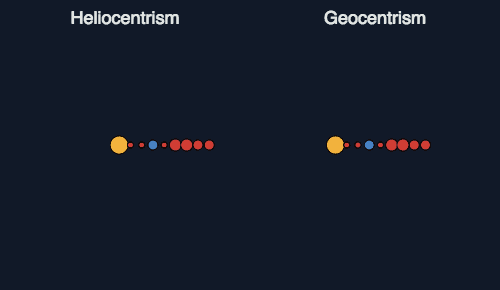
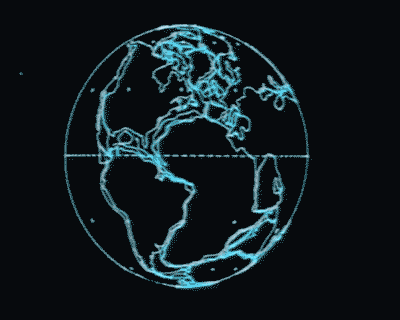
This is actually amazing 🚀
Travel Posters of Fantastic Excursions
What would the future look like if people were regularly visiting to other planets and moons? These travel posters give a glimpse into that imaginative future. Take a look and choose your destination:
The Grand Tour

Our Voyager mission took advantage of a once-every-175-year alignment of the outer planets for a grand tour of the solar system. The twin spacecraft revealed details about Jupiter, Saturn, Uranus and Neptune – using each planet’s gravity to send them on to the next destination.
Mars

Our Mars Exploration Program seeks to understand whether Mars was, is, or can be a habitable world. This poster imagines a future day when we have achieved our vision of human exploration of the Red Planet and takes a nostalgic look back at the great imagined milestones of Mars exploration that will someday be celebrated as “historic sites.”
Earth

There’s no place like home. Warm, wet and with an atmosphere that’s just right, Earth is the only place we know of with life – and lots of it. Our Earth science missions monitor our home planet and how it’s changing so it can continue to provide a safe haven as we reach deeper into the cosmos.
Venus

The rare science opportunity of planetary transits has long inspired bold voyages to exotic vantage points – journeys such as James Cook’s trek to the South Pacific to watch Venus and Mercury cross the face of the sun in 1769. Spacecraft now allow us the luxury to study these cosmic crossings at times of our choosing from unique locales across our solar system.
Ceres

Ceres is the closest dwarf planet to the sun. It is the largest object in the main asteroid belt between Mars and Jupiter, with an equatorial diameter of about 965 kilometers. After being studied with telescopes for more than two centuries, Ceres became the first dwarf planet to be explored by a spacecraft, when our Dawn probe arrived in orbit in March 2015. Dawn’s ongoing detailed observations are revealing intriguing insights into the nature of this mysterious world of ice and rock.
Jupiter

The Jovian cloudscape boasts the most spectacular light show in the solar system, with northern and southern lights to dazzle even the most jaded space traveler. Jupiter’s auroras are hundreds of times more powerful than Earth’s, and they form a glowing ring around each pole that’s bigger than our home planet.
Enceladus

The discovery of Enceladus’ icy jets and their role in creating Saturn’s E-ring is one of the top findings of the Cassini mission to Saturn. Further Cassini discoveries revealed strong evidence of a global ocean and the first signs of potential hydrothermal activity beyond Earth – making this tiny Saturnian moon one of the leading locations in the search for possible life beyond Earth.
Titan

Frigid and alien, yet similar to our own planet billions of years ago, Saturn’s largest moon, Titan has a thick atmosphere, organic-rich chemistry and surface shaped by rivers and lakes of liquid ethane and methane. Our Cassini orbiter was designed to peer through Titan’s perpetual haze and unravel the mysteries of this planet-like moon.
Europa

Astonishing geology and the potential to host the conditions for simple life making Jupiter’s moon Europa a fascinating destination for future exploration. Beneath its icy surface, Europa is believed to conceal a global ocean of salty liquid water twice the volume of Earth’s oceans. Tugging and flexing from Jupiter’s gravity generates enough heat to keep the ocean from freezing.
You can download free poster size images of these thumbnails here: http://www.jpl.nasa.gov/visions-of-the-future/
Make sure to follow us on Tumblr for your regular dose of space: http://nasa.tumblr.com
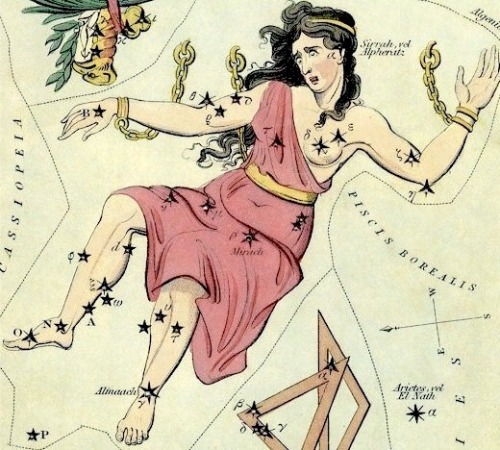
Andromeda Legend: The Chained Lady
Cassiopeia, Andromeda’s mother, boasted that she was the most beautiful woman in the world, even more beautiful than the gods. Poseidon, the brother of Zeus and the god of the seas, took great offense at this statement, for he had created the most beautiful beings ever in the form of his sea nymphs. In his anger, he created a great sea monster, Cetus (pictured as a whale) to ravage the seas and sea coast. Since Cassiopeia would not recant her claim of beauty, it was decreed that she must sacrifice her only daughter, the beautiful Andromeda, to this sea monster. So Andromeda was chained to a large rock projecting out into the sea and was left there to await the arrival of the great sea monster Cetus. As Cetus approached Andromeda, Perseus arrived (some say on the winged sandals given to him by Hermes). He had just killed the gorgon Medusa and was carrying her severed head in a special bag. When Perseus saw the beautiful maiden in distress, like a true champion he went to her aid. Facing the terrible sea monster, he drew the head of Medusa from the bag and held it so that the sea monster would see it. Immediately, the sea monster turned to stone. Perseus then freed the beautiful Andromeda and, claiming her as his bride, took her home with him as his queen to rule.
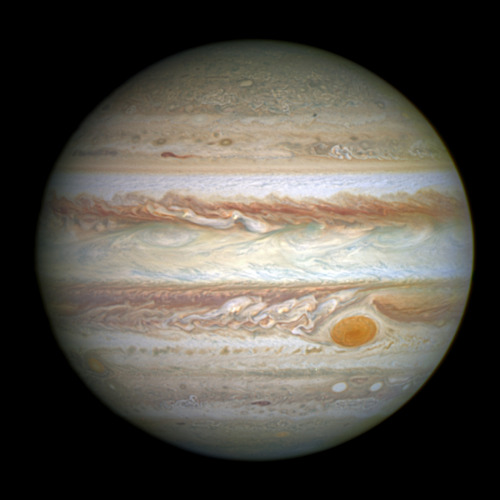
Hubbles Jupiter and the Amazing Shrinking Great Red Spot
js
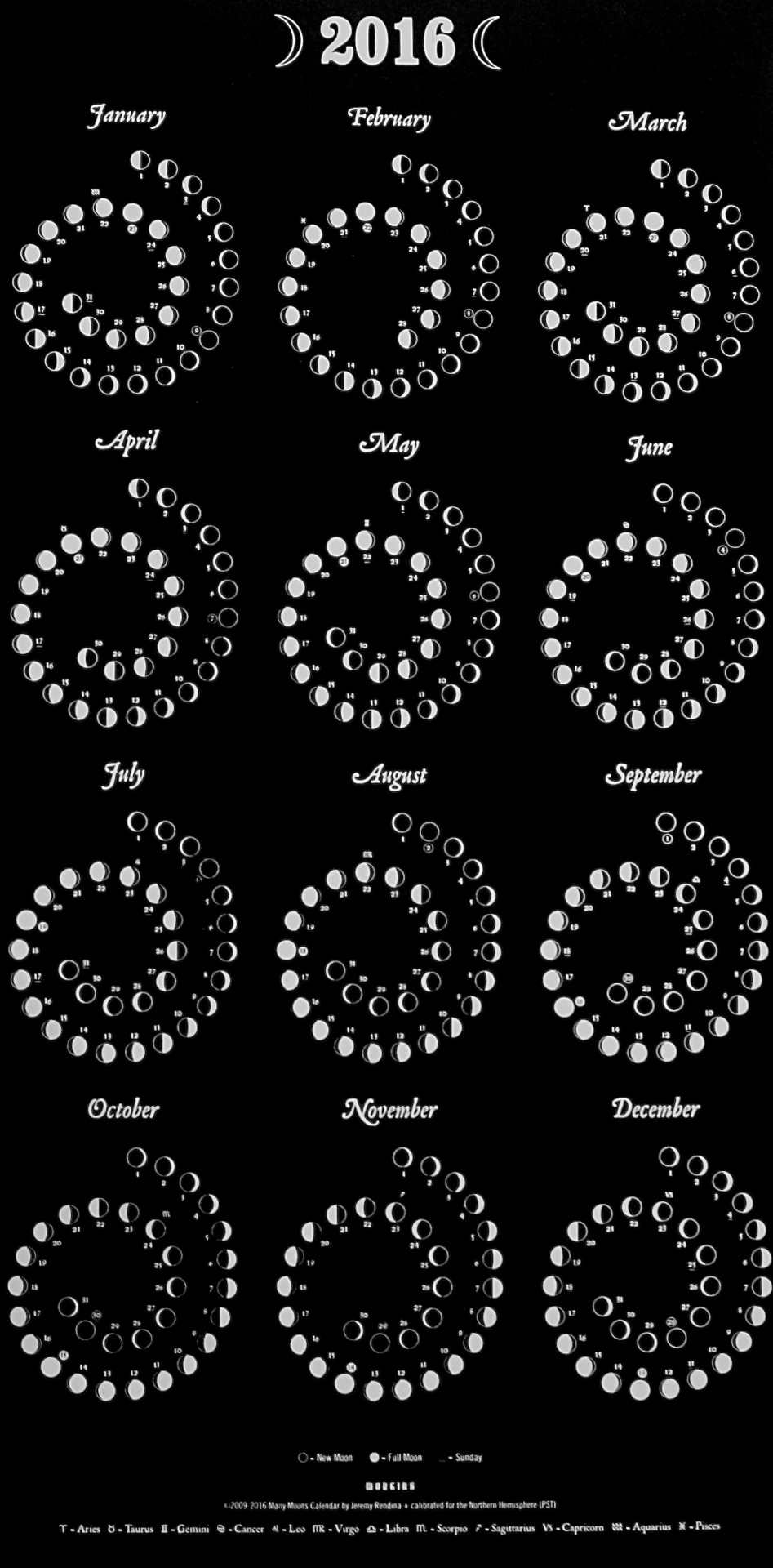
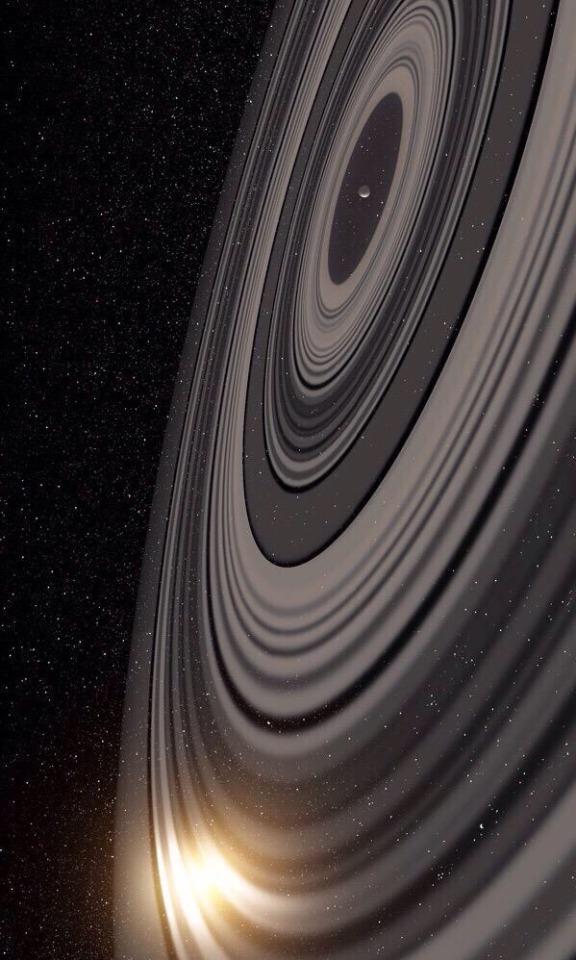
Gigantic Ring System Around J1407b Much Larger, Heavier Than Saturn’s.
-
 prettybonkers liked this · 5 years ago
prettybonkers liked this · 5 years ago -
 artman53 liked this · 6 years ago
artman53 liked this · 6 years ago -
 millerscritters reblogged this · 7 years ago
millerscritters reblogged this · 7 years ago -
 ourbillo liked this · 7 years ago
ourbillo liked this · 7 years ago -
 xadowolfx reblogged this · 8 years ago
xadowolfx reblogged this · 8 years ago -
 jyeongcifer-blog liked this · 8 years ago
jyeongcifer-blog liked this · 8 years ago -
 jmatters-blog1 reblogged this · 8 years ago
jmatters-blog1 reblogged this · 8 years ago -
 hityouwithmydrumsticks reblogged this · 8 years ago
hityouwithmydrumsticks reblogged this · 8 years ago -
 hityouwithmydrumsticks liked this · 8 years ago
hityouwithmydrumsticks liked this · 8 years ago -
 alleycat57 reblogged this · 8 years ago
alleycat57 reblogged this · 8 years ago -
 alleycat57 liked this · 8 years ago
alleycat57 liked this · 8 years ago -
 lennora reblogged this · 8 years ago
lennora reblogged this · 8 years ago -
 lennora liked this · 8 years ago
lennora liked this · 8 years ago -
 t-rexdescendant liked this · 8 years ago
t-rexdescendant liked this · 8 years ago -
 nef3li3ta liked this · 8 years ago
nef3li3ta liked this · 8 years ago -
 bruyerejeanne liked this · 8 years ago
bruyerejeanne liked this · 8 years ago -
 unihornxxxturtles liked this · 8 years ago
unihornxxxturtles liked this · 8 years ago -
 starsjupiter liked this · 8 years ago
starsjupiter liked this · 8 years ago -
 goldkirk liked this · 8 years ago
goldkirk liked this · 8 years ago -
 synchronize03 reblogged this · 8 years ago
synchronize03 reblogged this · 8 years ago -
 synchronize03 liked this · 8 years ago
synchronize03 liked this · 8 years ago -
 joffrey-of-baratheon liked this · 8 years ago
joffrey-of-baratheon liked this · 8 years ago -
 shutlostthings liked this · 8 years ago
shutlostthings liked this · 8 years ago -
 zombiesinchina reblogged this · 8 years ago
zombiesinchina reblogged this · 8 years ago -
 mermaid-stuck-on-land liked this · 9 years ago
mermaid-stuck-on-land liked this · 9 years ago -
 miles2point0 liked this · 9 years ago
miles2point0 liked this · 9 years ago -
 covington-shenanigans liked this · 9 years ago
covington-shenanigans liked this · 9 years ago -
 irreplaceable-insecurities reblogged this · 9 years ago
irreplaceable-insecurities reblogged this · 9 years ago -
 irreplaceable-insecurities liked this · 9 years ago
irreplaceable-insecurities liked this · 9 years ago -
 allisonkitten reblogged this · 9 years ago
allisonkitten reblogged this · 9 years ago -
 nelly913-blog liked this · 9 years ago
nelly913-blog liked this · 9 years ago -
 cosmicmazapan reblogged this · 9 years ago
cosmicmazapan reblogged this · 9 years ago -
 aimlessposting reblogged this · 9 years ago
aimlessposting reblogged this · 9 years ago -
 aimlessposting liked this · 9 years ago
aimlessposting liked this · 9 years ago -
 nimis-weakest-napling reblogged this · 9 years ago
nimis-weakest-napling reblogged this · 9 years ago -
 recover-todiscover liked this · 9 years ago
recover-todiscover liked this · 9 years ago -
 d-iamond-intherough reblogged this · 9 years ago
d-iamond-intherough reblogged this · 9 years ago
Just a socially awkward college student with an interest in the celestial bodies in our universe.
279 posts